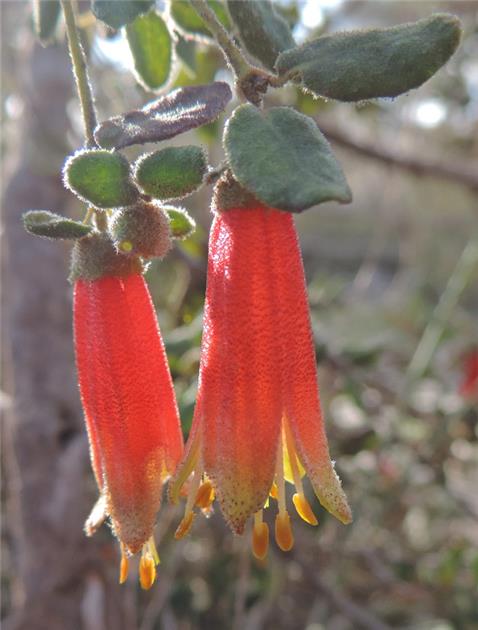'What are placebos?
It’s important to distinguish between pure and impure placebos. A pure placebo is a straightforwardly fake treatment – a saline injection or a sugar pill, for instance, that is represented as a drug.
An impure placebo is a substance or treatment that does have clinical value, but not for the condition for which it is being prescribed.
Impure placebos can be vitamins, nutritional supplements, antibiotics for viral infections, sub-clinical doses of drugs, unproven complementary and alternative medicines, or unnecessary blood tests to calm an anxious patient.
A 2012 survey in the United Kingdom found 1% of GPs use pure placebos and 77% use impure placebos at least once a week.
:
What triggers the placebo effect, though, is belief: the belief that you are receiving a treatment and that it will be effective. The placebo itself is simply a prop to sustain the illusion.'
David Neil, Lecturer, University of Wollongong, Australia has written a great article providing an overview of the placebo and nocebo effects and explores the ethics of doctors prescribing placebo 'medication':
theconversation.com/explain...
Note the mention of how important it is to allow for the placebo effect when evaluating the effectiveness of drugs in clinical trials!!
Neil
Photo: Correa reflexa - an Australian wildflower
